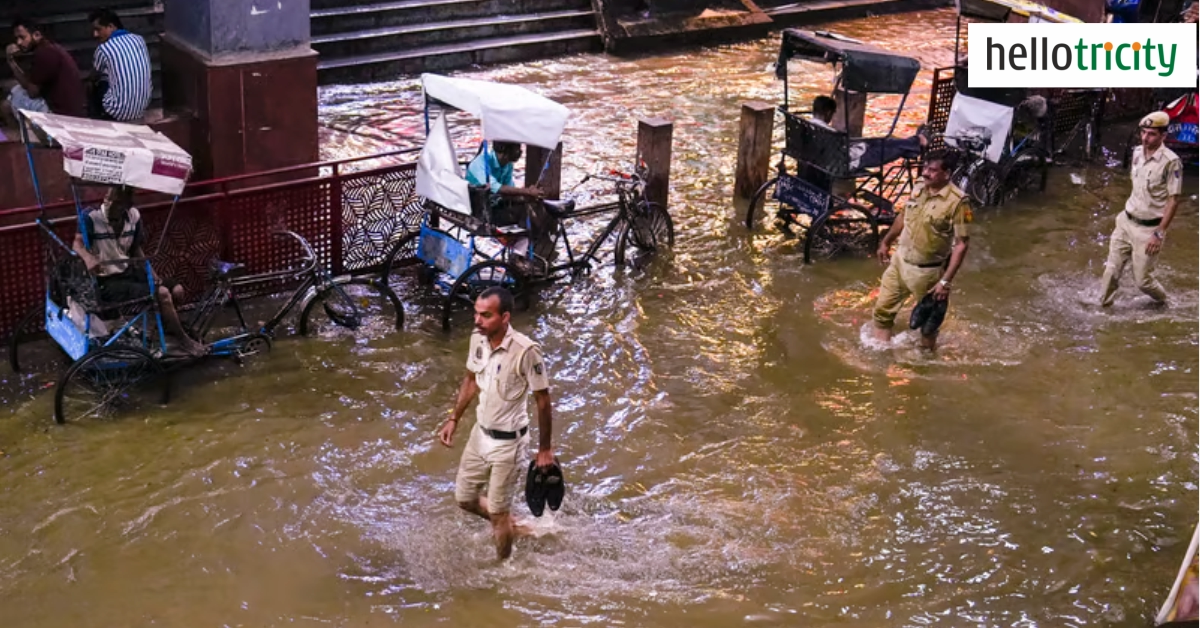There have been terrible deaths in Delhi and the National Capital Region (NCR) as a result of heavy rains; seven people have been confirmed deceased, and there has been major disruption in the area. Parts of the city saw unusual amounts of waterlogging, prompting the India Meteorological Department (IMD) to issue a red signal, advising citizens to stay indoors, protect their houses, and minimize travel.
The risks presented by the floods were brought to light when a 22-year-old lady and her three-year-old kid drowned in Ghazipur after falling into a flooded sewer. In addition, one person was hurt when a home fell in the Sabji Mandi neighbourhood of north Delhi, while a lady was hurt when a wall collapsed in Vasant Kunj.
Delhi’s Education Minister Atishi announced on August 1st that all schools would be closed due to heavy rains that had been causing pandemonium on roads. The focus was always going to be on student safety in such situations. For example, heavy traffic jams were reported by people using cars along some principal routes such as the Mehrauli-Chhattarpur road and the Delhi-Noida expressway where vehicles were delayed for over one hour and thirty minutes. The Connaught Place store flooding added to the complexity of the problem.
At least 10 aircraft to Delhi were rerouted to Jaipur and Lucknow due to the severe rain. When they arrived at the gates at Indira Gandhi International Airport, several passengers were told there might be delays, despite display boards indicating that planes were scheduled to depart on time.
With many districts still rebuilding from earlier floods, the city’s readiness for such occurrences has come under fire and widespread worry as a result of the harsh weather. While emergency services respond to the immediate aftermath, locals are asked to exercise caution and monitor the weather.




